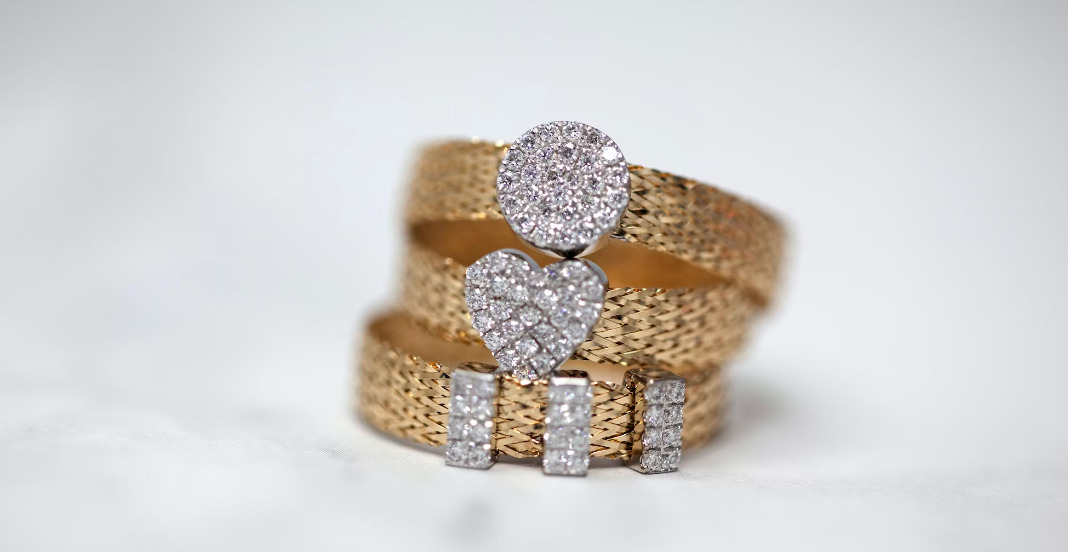Jewelry often holds not only monetary value but also sentimental significance. Whether it’s an heirloom passed down through generations or a special piece you acquired yourself, protecting your jewelry is crucial. While homeowners’ insurance can provide some coverage for your valuables, it’s essential to understand the limitations and consider additional options to ensure your precious items are adequately protected.
You May Want More Coverage
Many homeowners assume that their insurance policy automatically covers all their valuable possessions, including jewelry. However, this is not always the case. Homeowners’ insurance typically includes coverage for personal property, but it often has a limit on how much it will pay for valuable items like jewelry, typically ranging from $1,000 to $2,500.
If you own jewelry that exceeds this limit, it’s crucial to consider additional coverage to protect your investments fully. Failing to do so could leave you financially vulnerable in the event of theft, loss, or damage to your jewelry.
What Type of Coverage for Jewelry Should You Get
To safeguard your jewelry adequately, consider two primary options:
a. Scheduled Personal Property Endorsement: Also known as a “rider” or “floater,” this type of coverage allows you to list and specify individual pieces of jewelry, each with its own appraised value. Scheduled coverage ensures that your jewelry is protected up to its full appraised value and against a wider range of risks, including accidental damage or loss.
b. Jewelry Insurance Policy: Specialized jewelry insurance policies are available from various providers. These policies focus exclusively on insuring your jewelry, offering broader coverage and often lower deductibles than homeowners’ insurance. They can also provide coverage for “mysterious disappearance,” which might not be covered under standard policies.
Do You Need a Jewelry Appraisal
Before obtaining additional coverage, it’s essential to have your jewelry appraised by a qualified and certified appraiser. An appraisal will determine the exact value of your pieces, which is crucial for setting the appropriate coverage limits. Keep in mind that jewelry values can change over time due to fluctuations in the market and the rarity of materials, so regular re-appraisals are recommended to ensure your coverage remains accurate.
Can You Increase Your Deductible
You may have the option to adjust your deductible when purchasing additional coverage for your jewelry. A higher deductible can lower your premium, making the insurance more affordable. However, be sure to consider your ability to cover the deductible in case of a claim. While a higher deductible can save you money on premiums, it could leave you with a larger out-of-pocket expense in the event of a loss.
Do You Need Photo Evidence of Your Jewelry
Maintaining photographic evidence of your jewelry is a smart practice, even if you have insurance coverage. Photographs can serve as proof of ownership and condition, which can be invaluable when filing a claim. Ensure your photos capture important details, such as unique markings, engravings, and any distinguishing features that can help identify your jewelry.
Protecting your jewelry is essential to safeguard both its monetary and sentimental value. While your homeowners’ insurance may provide some coverage, it often has limitations that can leave your valuable items underinsured. To ensure peace of mind and comprehensive protection, consider additional coverage options, such as a Scheduled Personal Property Endorsement or a specialized jewelry insurance policy. Don’t forget to have your jewelry appraised, adjust your deductible wisely, and maintain photo evidence to streamline the claims process. By taking these steps, you can rest assured that your precious jewelry is adequately insured.

